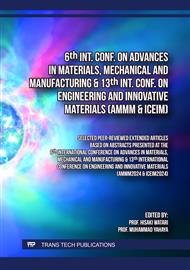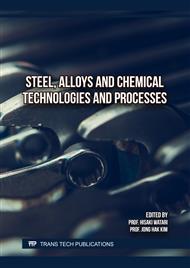p.3
p.17
p.25
p.31
p.37
p.43
p.51
p.57
Machine Learning-Based Prediction of Hardness in Electrodeposited Nickel-Tungsten Alloy Coatings
Abstract:
This study aims to predict the hardness of electrodeposited Ni-W alloy coatings by combining machine learning methods based on a small dataset, with the goal of streamlining the trial-and-error process and reducing experimental costs. In this study, 11 features comprised of electrolyte compositions and process parameters (including current density, pH value, bath temperature, and agitation) were utilized as input parameters, with coating hardness serving as the target value. Two machine learning models (KNN and Elastic-Net) were employed to predict coating hardness, and hyperparameters were tuned using Randomized-Search CV (CV=5). The results demonstrate that the KNN model exhibits the highest predictive accuracy, with R2=0.942 and RMSE=0.0658. The SHAP method was used to analyze the importance of features and their impact on hardness. It is found that bath temperature, current density, and ammonium chloride concentration have the most significant influence on coating hardness. This study demonstrates how machine learning can enhance electrodeposition to predict coating hardness, offering insights for improving Ni-W alloy coatings in mechanical applications.
Info:
Periodical:
Pages:
25-30
Citation:
Online since:
June 2025
Authors:
Keywords:
Price:
Сopyright:
© 2025 Trans Tech Publications Ltd. All Rights Reserved
Share:
Citation:



